
WW2 photos
At the outbreak of war in the autumn of 1939 about 800 people were evacuated from south London to Selsey. Some were disabled children who stayed at Broadreeds Holiday Camp. In December 1939 they were visited by the Queen, at the East Street school.
The Battle of Britain raged in the skies above in the summer of 1940 and in July a Heinkel bomber was bought down on East Beach during a sortie to attack Portsmouth dockyards. A month later Selsey itself was bombed, including Broadreeds where there were three civilian fatalities. The children were moved shortly afterwards.
Selsey’s beaches were sealed off and anti-tank barriers built. The Manhood peninsula suffered many air raid warnings as it was en route not only to Portsmouth, but also Southampton.
During the war over 500 local men and women served in HM Forces. At home the Home Guard, 30 strong in 1940 and armed with hoes and pitchforks, defended the village. Later they were given arms as the risk of invasion at Selsey was considered high.
By the end of 1941 the 2nd Canadian Division was stationed in the area. At one time 1000 Canadians were billeted in Selsey alone. An advanced landing ground, RAF Selsey, was at Church Norton from May 1943. As the war progressed and D-day approached the Americans arrived and the Marine Hotel became their headquarters. Some of the Phoenix caissons used on D-Day to facilitate the invasion were hidden by sinking them in the sea off Selsey, and then refloating them and towing them across to Normandy.
The Selsey War Memorial has 48 names on it for the 1939-45 conflict, evenly distributed between the Army, Navy and RAF. Although the names of many old Selsey families are there, there is also a significant number of men listed who had only ever visited Selsey, as their families moved here after they had left home or joined the services.


Selsey: L.D.V. (Home Guard) march past and salute
View image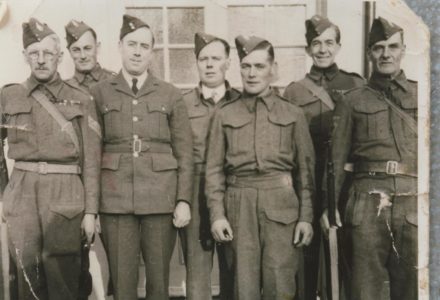
Selsey: Local men in uniform
View image
Selsey: VE Day at St Peter’s Church
View image
Selsey: VE Day gathering of Army Cadets
View image
Selsey: VE Day gathering of Army Cadets
View image
Selsey: VE Day gathering of Scouts
View image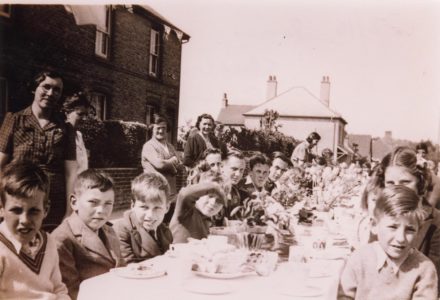
Selsey: VE Day street party
View image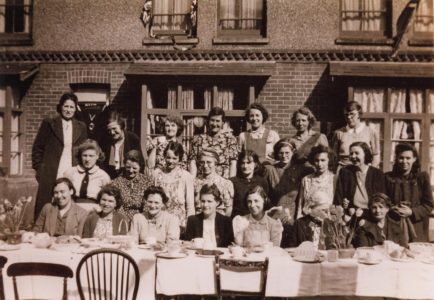
Selsey: VE Day street party
View image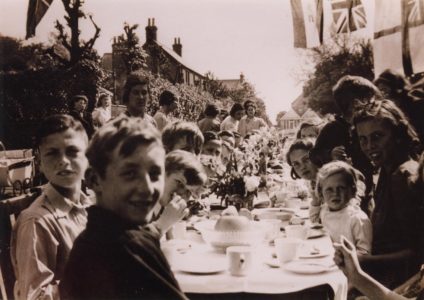
Selsey: VE Day street party
View image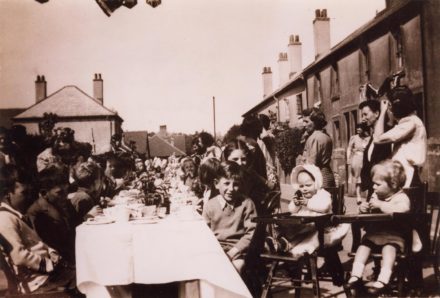
Selsey: VE Day street party
View image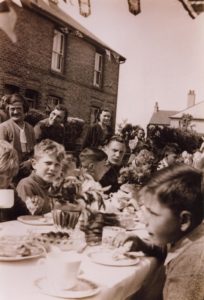
Selsey: VE Day street party
View image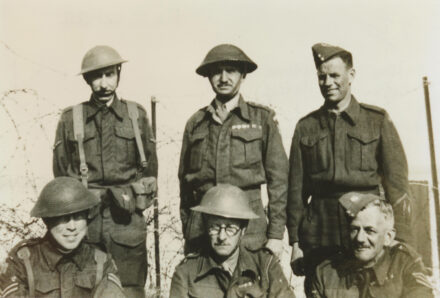
Six men in military uniform
View image
Three women and two men in Civil Defence uniform in front of Selsey War Memorial
View image
